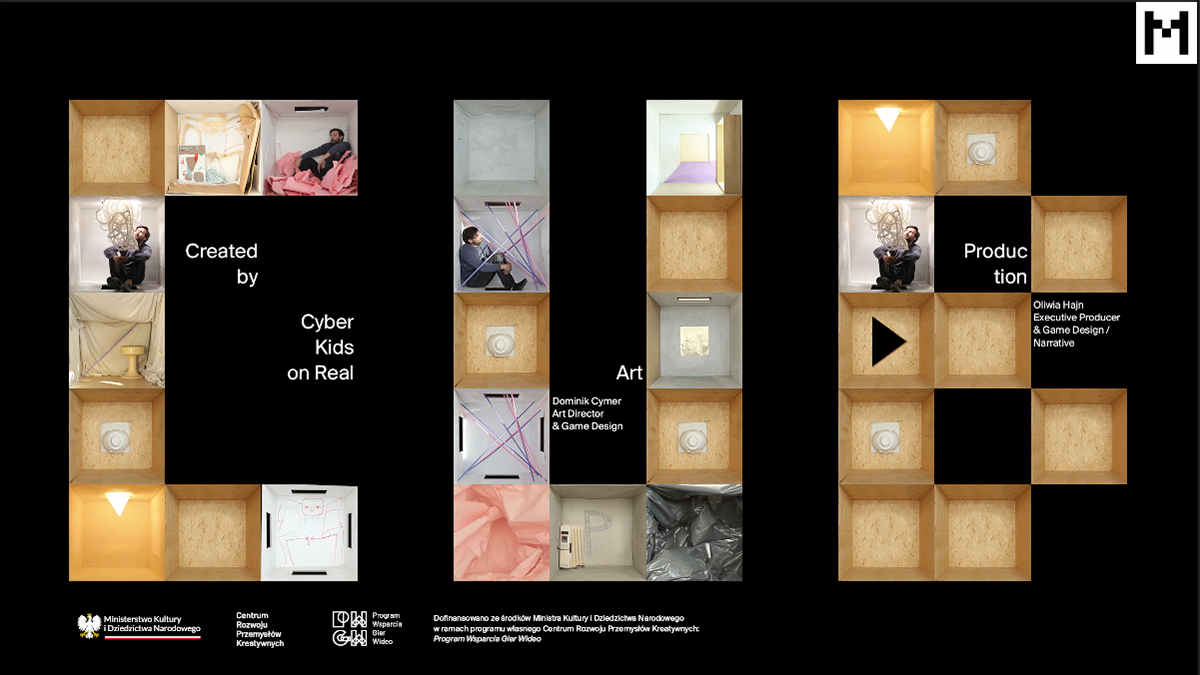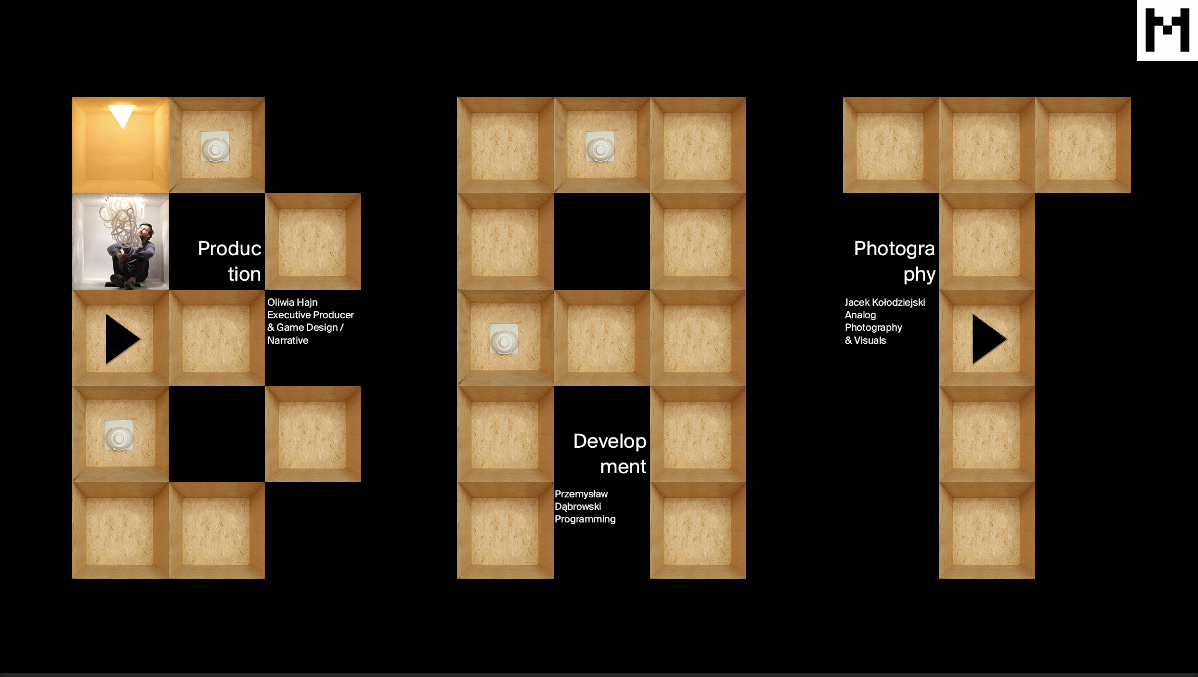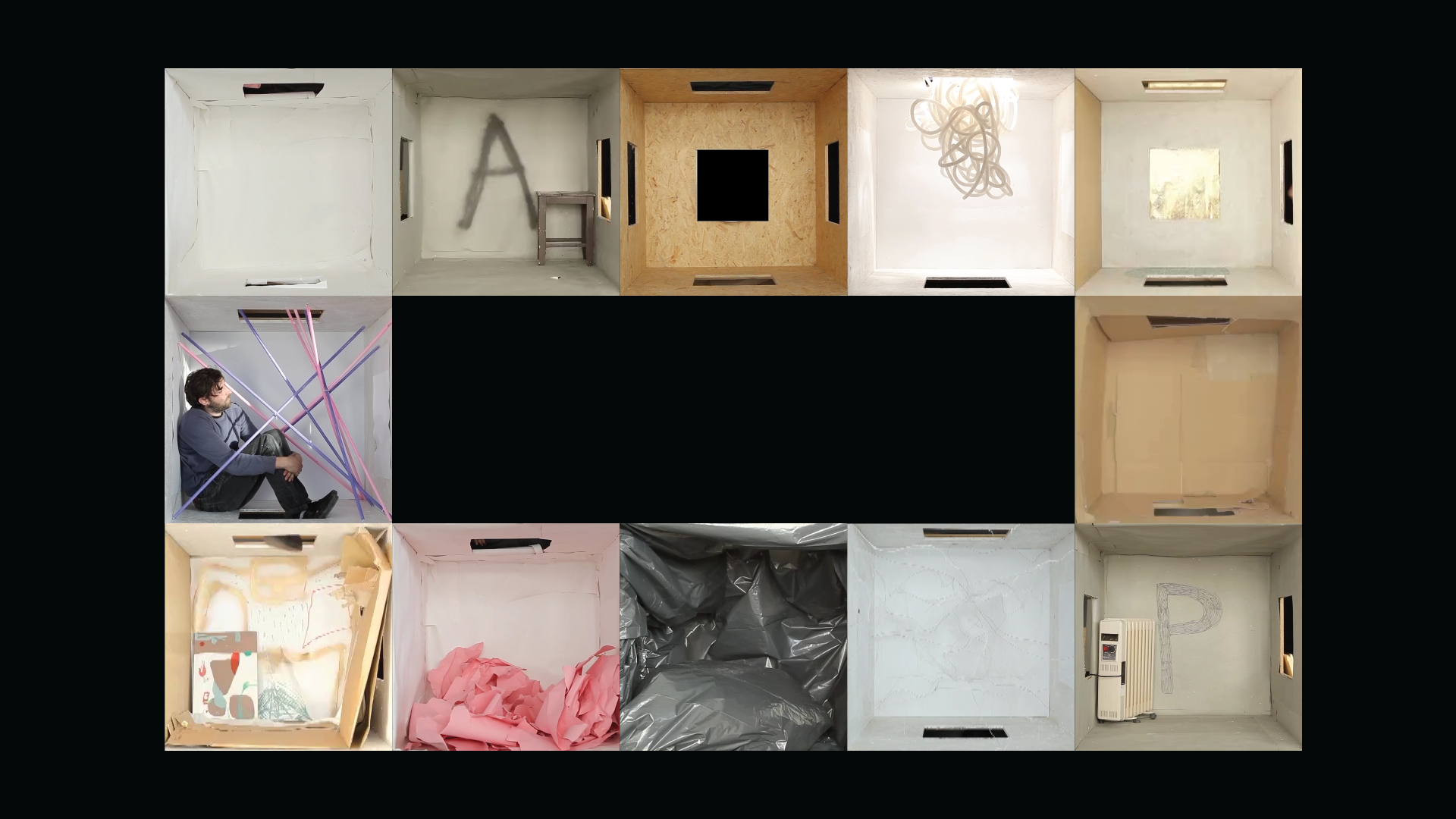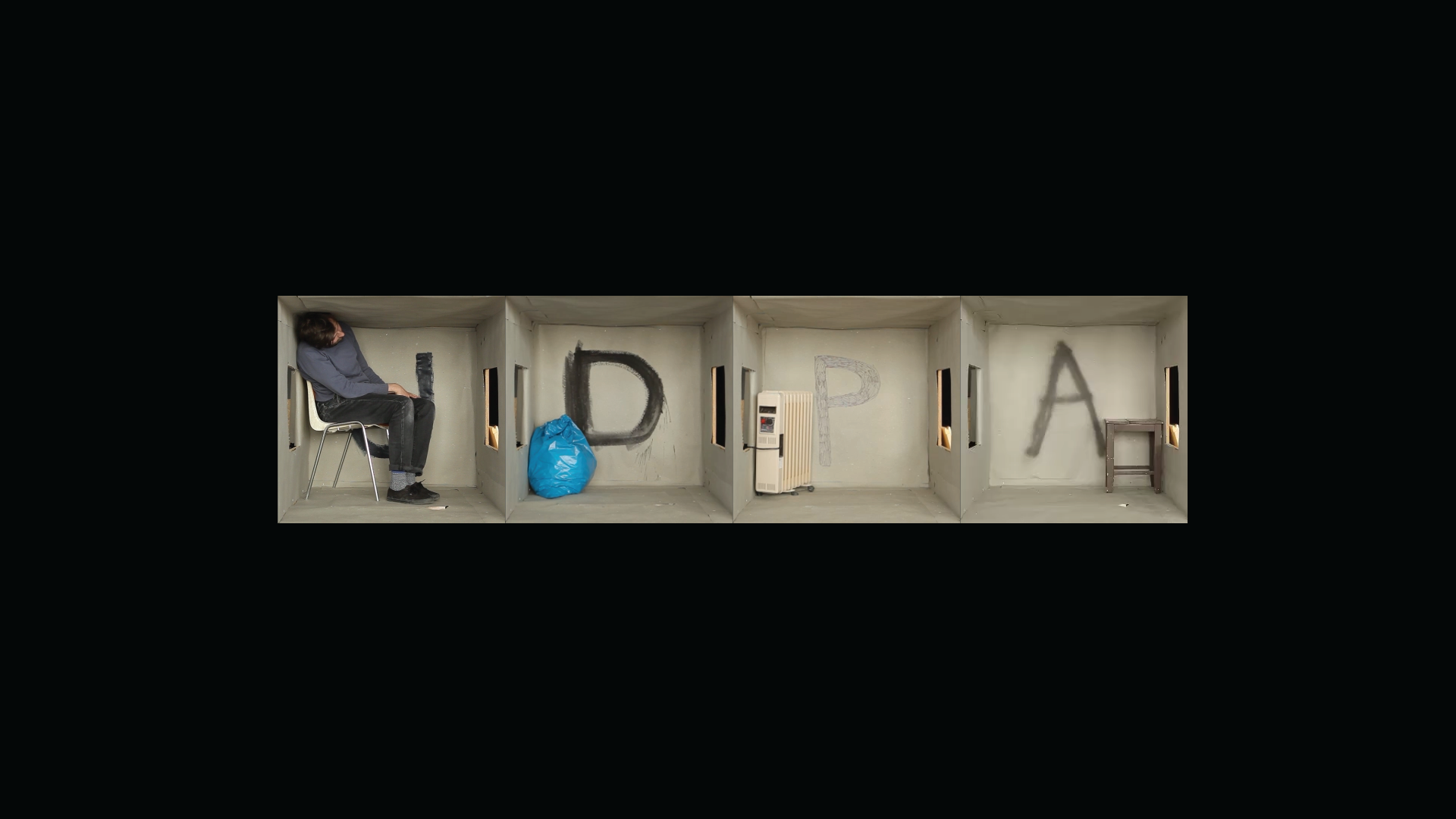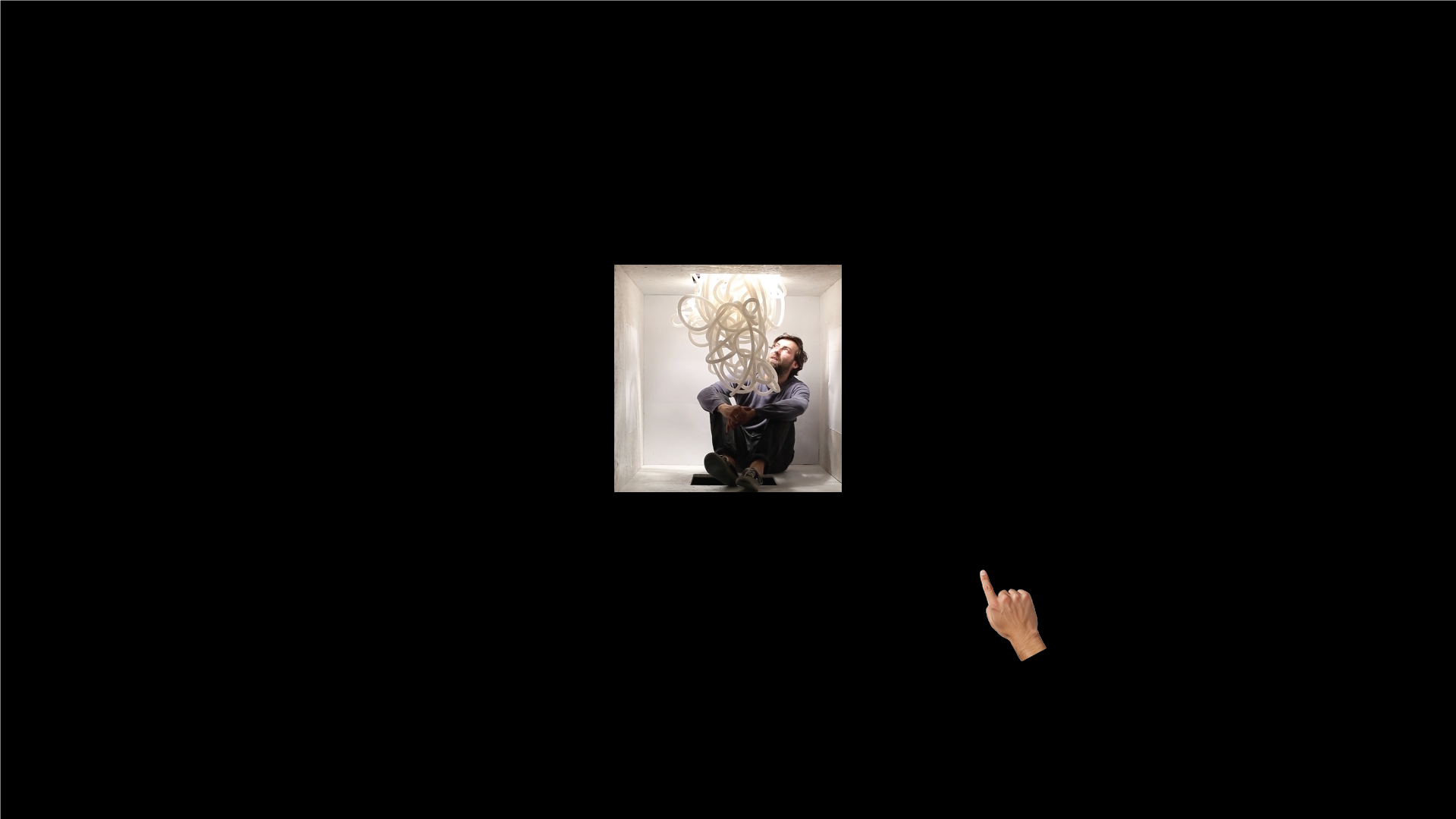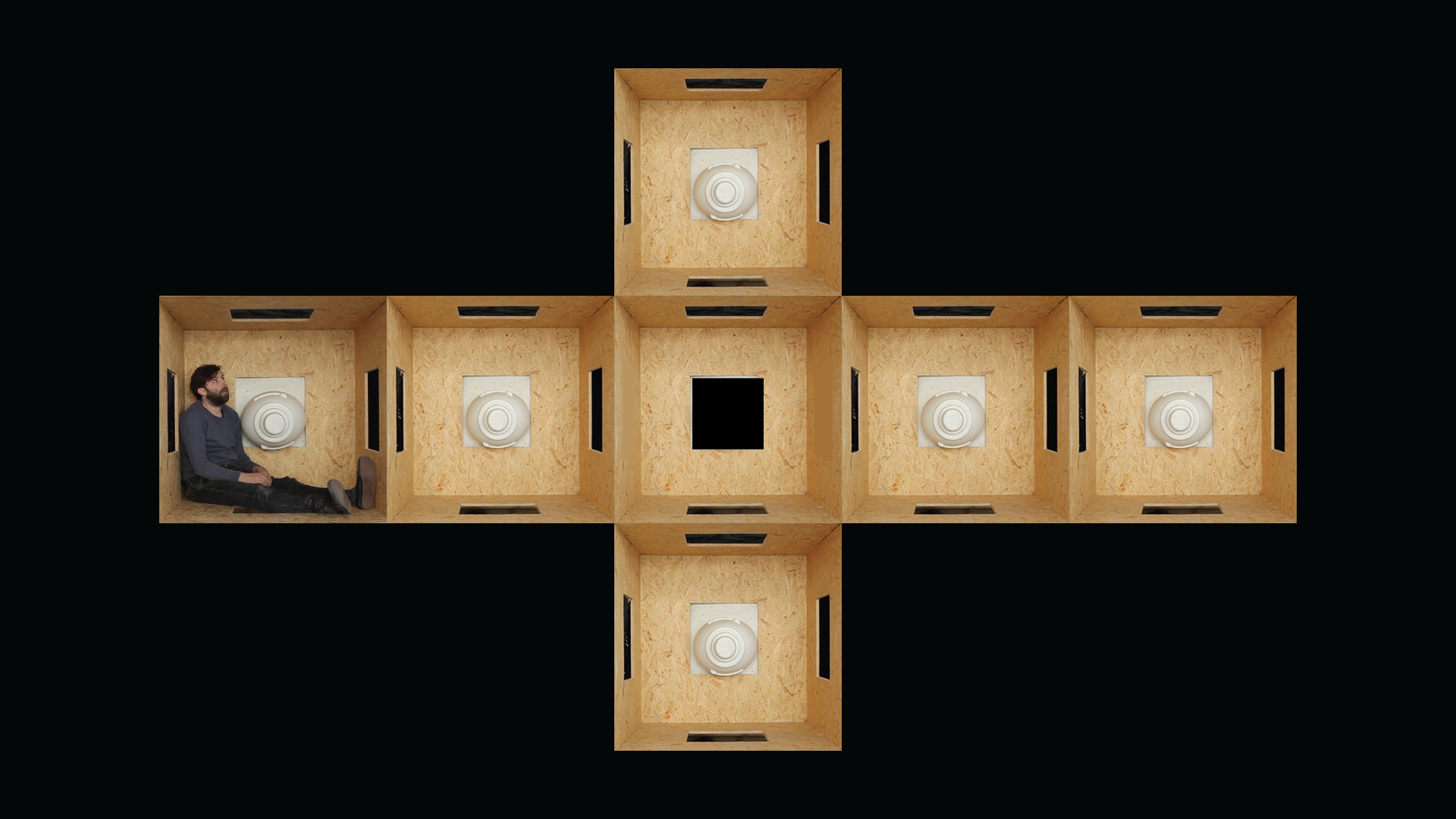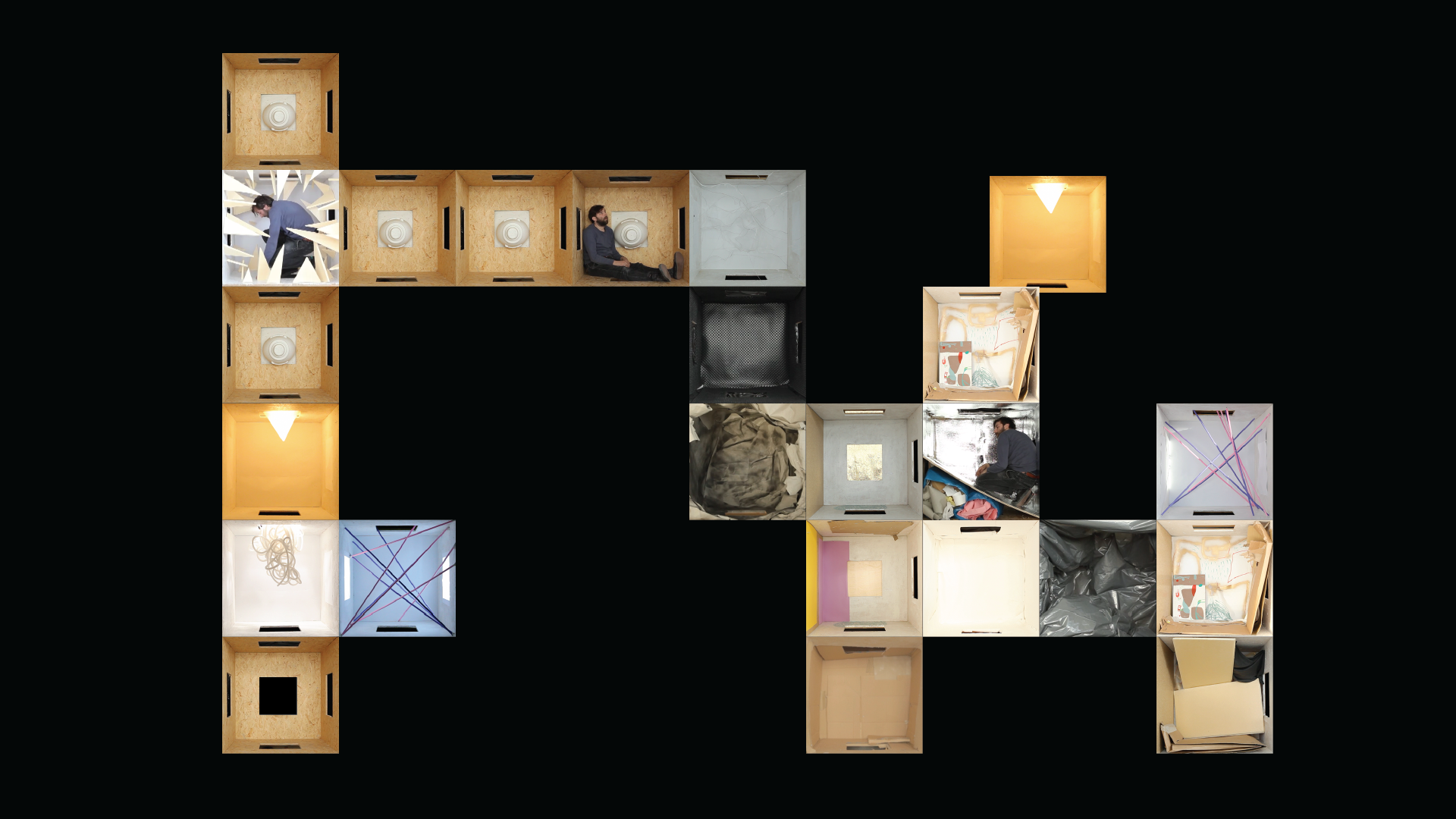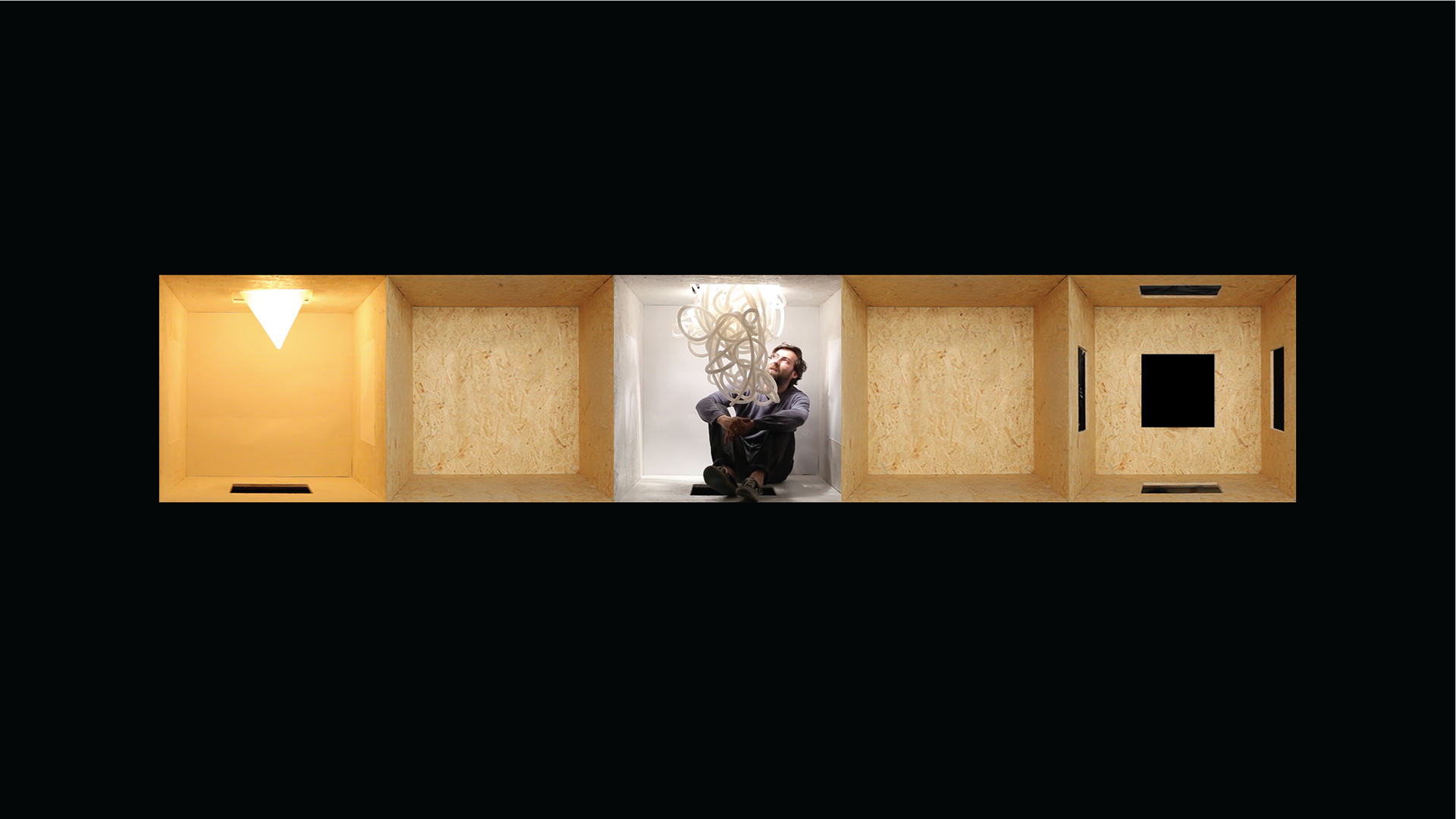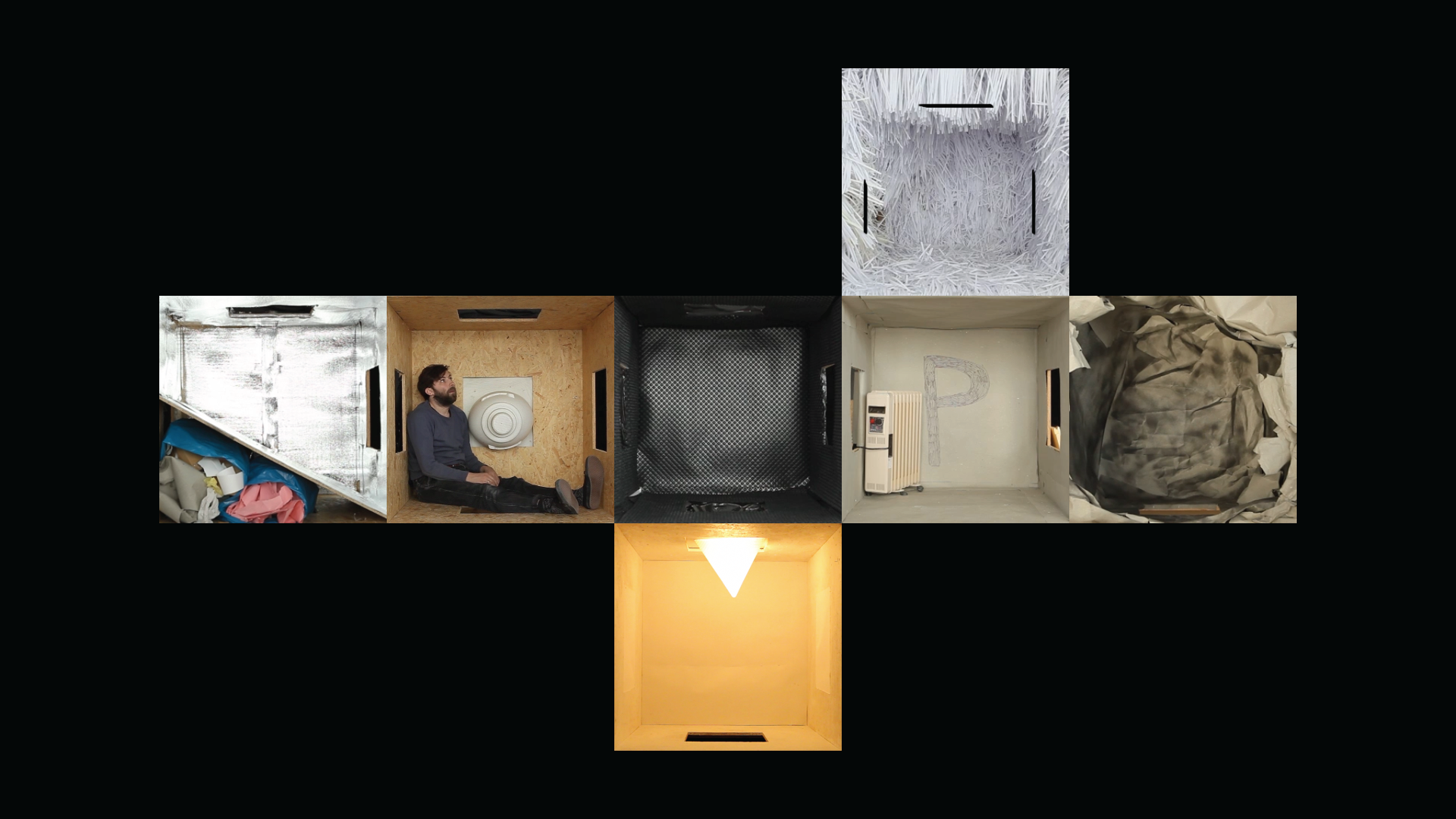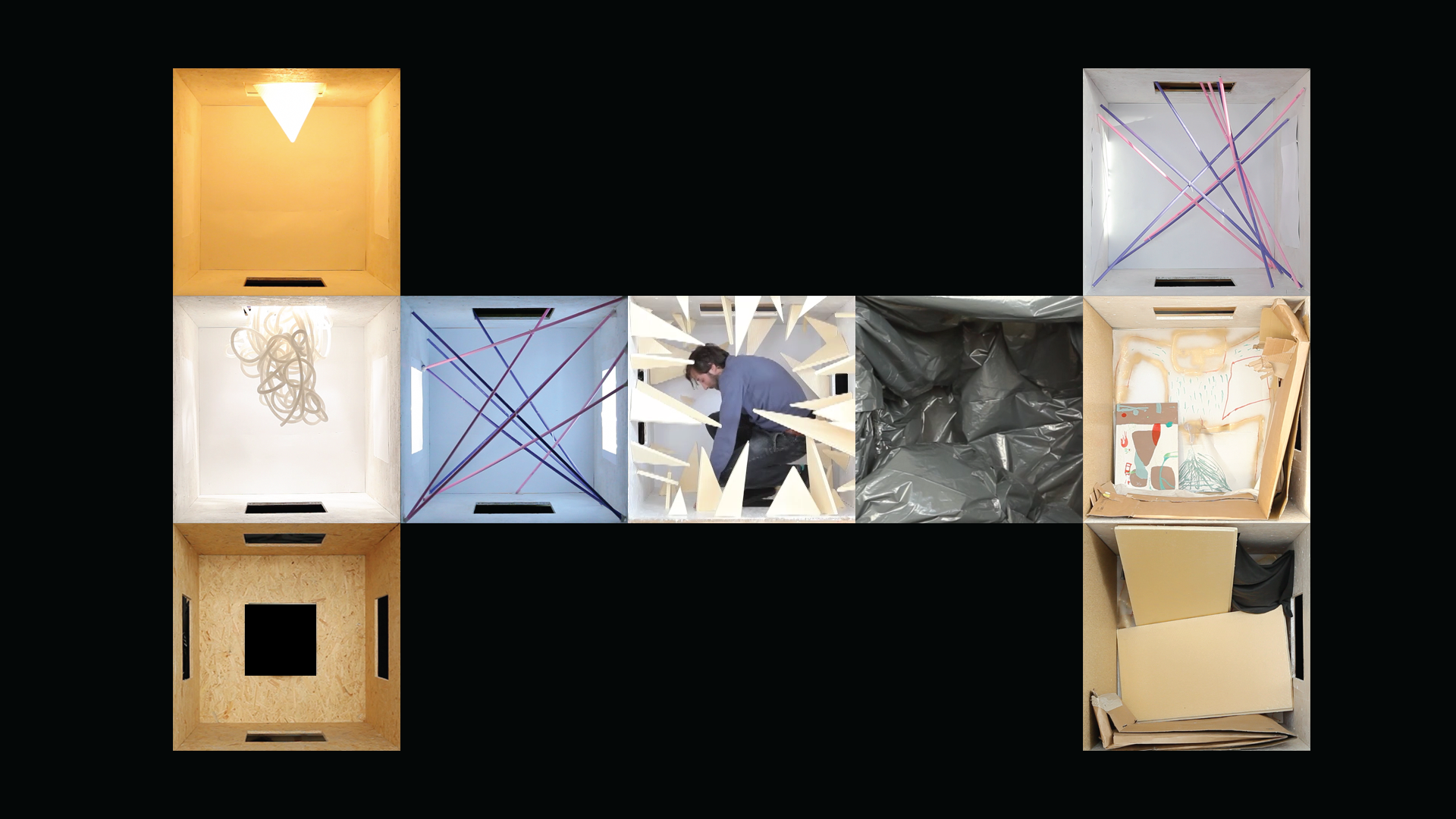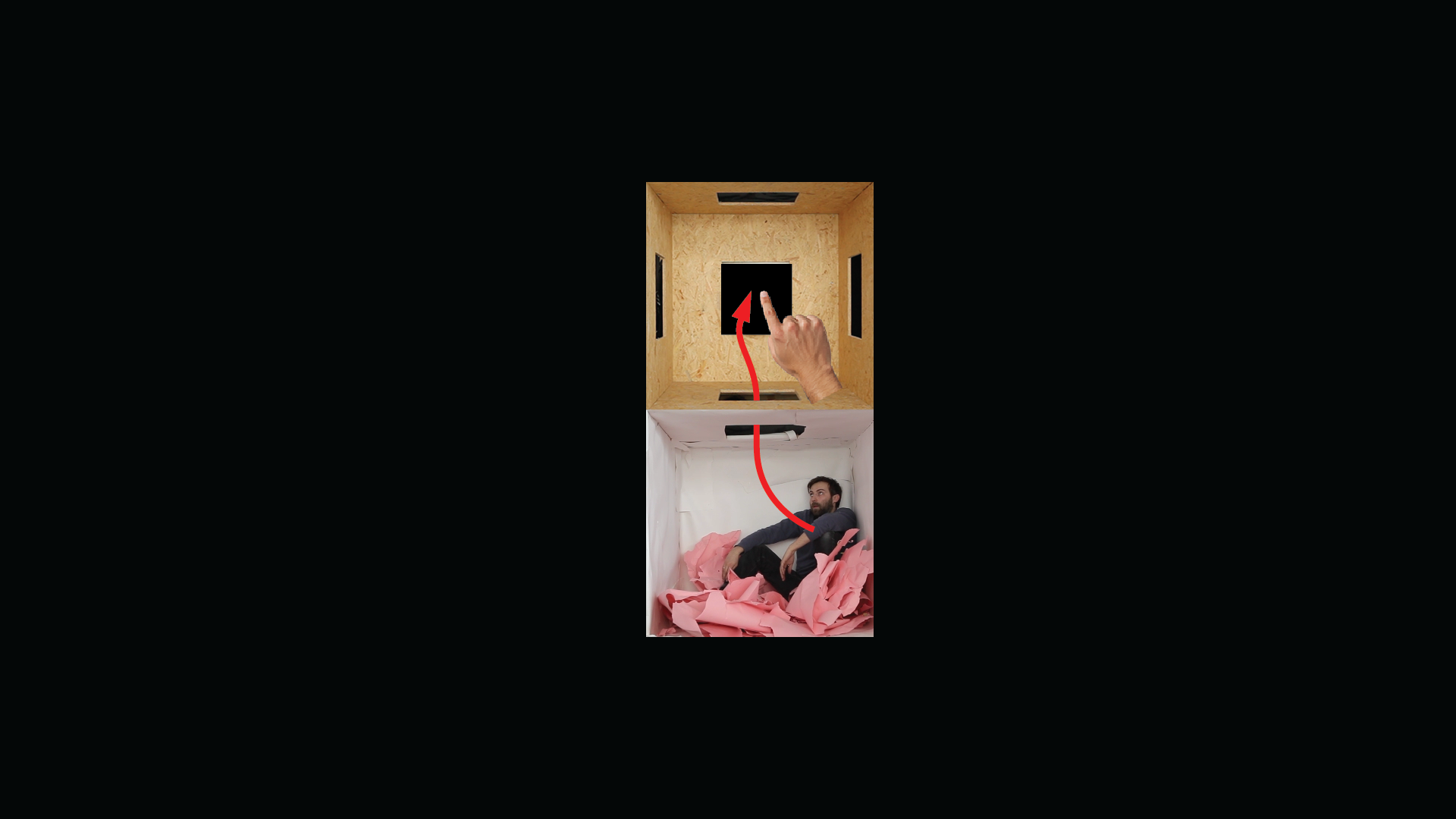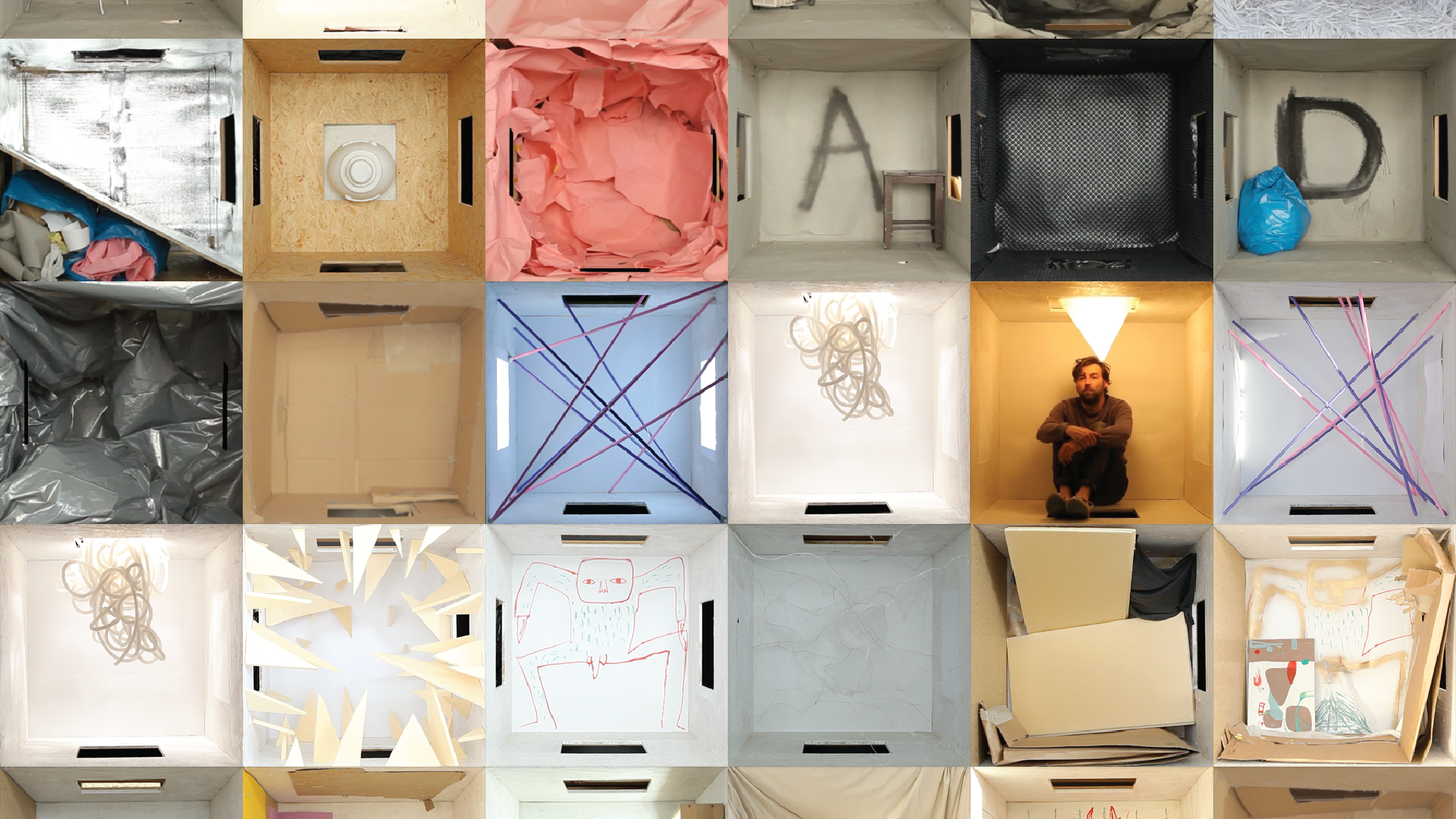Cubature is an Indie puzzle game that combines unique mechanics with an aesthetic inspired by art installations. It is distinguished by its visuals and sound design. It is a raw image and an analog, hand-made scenography based on a cube with an edge of 1m. Cubature emphasizes its analogue nature at every step, which is why its inhabitants are filmed rather than rendered. The game involves moving and connecting modular chambers that create the neural tissue of Cubature.
Cubature is a puzzle game in which players manipulate a modular array of cubes to guide characters to the exit. The cubes vary in functionality – some are movable, others are frozen, and still others have unique properties such as elevators, switches, and drive mechanisms. By arranging the cubes appropriately, players discover their functions and create interactions that unlock the next levels.
Each level ends when all characters reach the exit, requiring the player to think logically and experiment with the layout configuration. The game tracks progress, recording the number of characters and mechanics discovered in the game progress tab.
The game's narrative evolves with the game – the chamber layout turns out to be a sentient being that comments on the player's actions and gives the game emotional depth. Between levels, short animations and cinematics reveal the micro- and macro-scale structure, enriching the visual and narrative experience.
Cubature combines intuitive mechanics, rich narrative, and advanced aesthetics to offer immersive gameplay.
Game Play – Game Mechanics
• The player can move and rearrange cubes, modifying their position on the board.
• Cubes vary in functionality: some are frozen and are fixed points of the system, others are mobile and can react to interactions with neighboring elements.
Cube Reactions and Functions
Cubes can have unique features, such as:
• Elevator: allowing characters to move between levels.
• Drive mechanism: setting other elements in motion.
• Switches: activating specific actions, such as opening new paths
Properly positioning cubes can trigger reactions, such as discovering the exit to the next level.
Exploration and Interaction with Characters
• The player indicates the direction of movement for characters by clicking on the appropriate cubes.
• As characters progress, they move around the system, discovering new functions and paths.
• The player can move and rearrange cubes, modifying their position on the board.
• Cubes vary in functionality: some are frozen and are fixed points of the system, others are mobile and can react to interactions with neighboring elements.
Cube Reactions and Functions
Cubes can have unique features, such as:
• Elevator: allowing characters to move between levels.
• Drive mechanism: setting other elements in motion.
• Switches: activating specific actions, such as opening new paths
Properly positioning cubes can trigger reactions, such as discovering the exit to the next level.
Exploration and Interaction with Characters
• The player indicates the direction of movement for characters by clicking on the appropriate cubes.
• As characters progress, they move around the system, discovering new functions and paths.
Game Objectives
• Each level ends when all characters reach the exit located in a special cube.
• In the initial levels, the player controls a single character, and over time the number of characters and the complexity of the layout increase.
• Each level ends when all characters reach the exit located in a special cube.
• In the initial levels, the player controls a single character, and over time the number of characters and the complexity of the layout increase.
Game Progress
• The number of characters and cubes discovered is saved in the game progress tab.
• The player has access to a collection of discovered mechanics and cube functions.
• The number of characters and cubes discovered is saved in the game progress tab.
• The player has access to a collection of discovered mechanics and cube functions.
Narrative and Immersion
• As the game progresses, the player discovers that the layout of the rooms is more than just a structure - it becomes a thinking being who issues commands, comments on the player's actions, and engages in dialogue.
• Short animations and videos are presented between levels that build the narrative and introduce the game's atmosphere.
• In later stages, distant views of the layout of the rooms reveal a huge structure resembling a galaxy. Although the game still takes place on a micro level, the macro scale adds context and depth to the logical gameplay.
Cubature offers complex, multi-level gameplay that combines intuitive mechanics with rich narrative, creating an immersive experience for players looking for intellectual challenges.
Sample level layouts. Layouts without elaborate puzzles and a scripted walkthrough.
• As the game progresses, the player discovers that the layout of the rooms is more than just a structure - it becomes a thinking being who issues commands, comments on the player's actions, and engages in dialogue.
• Short animations and videos are presented between levels that build the narrative and introduce the game's atmosphere.
• In later stages, distant views of the layout of the rooms reveal a huge structure resembling a galaxy. Although the game still takes place on a micro level, the macro scale adds context and depth to the logical gameplay.
Cubature offers complex, multi-level gameplay that combines intuitive mechanics with rich narrative, creating an immersive experience for players looking for intellectual challenges.
Sample level layouts. Layouts without elaborate puzzles and a scripted walkthrough.
Types of Chambers
Chambers can have common properties, which means that one chamber can perform different functions at the same time. For example, a transitional chamber can also have the features of a regular chamber, which allows it to be rearranged and incorporated into different board configurations.
Chambers can have common properties, which means that one chamber can perform different functions at the same time. For example, a transitional chamber can also have the features of a regular chamber, which allows it to be rearranged and incorporated into different board configurations.
